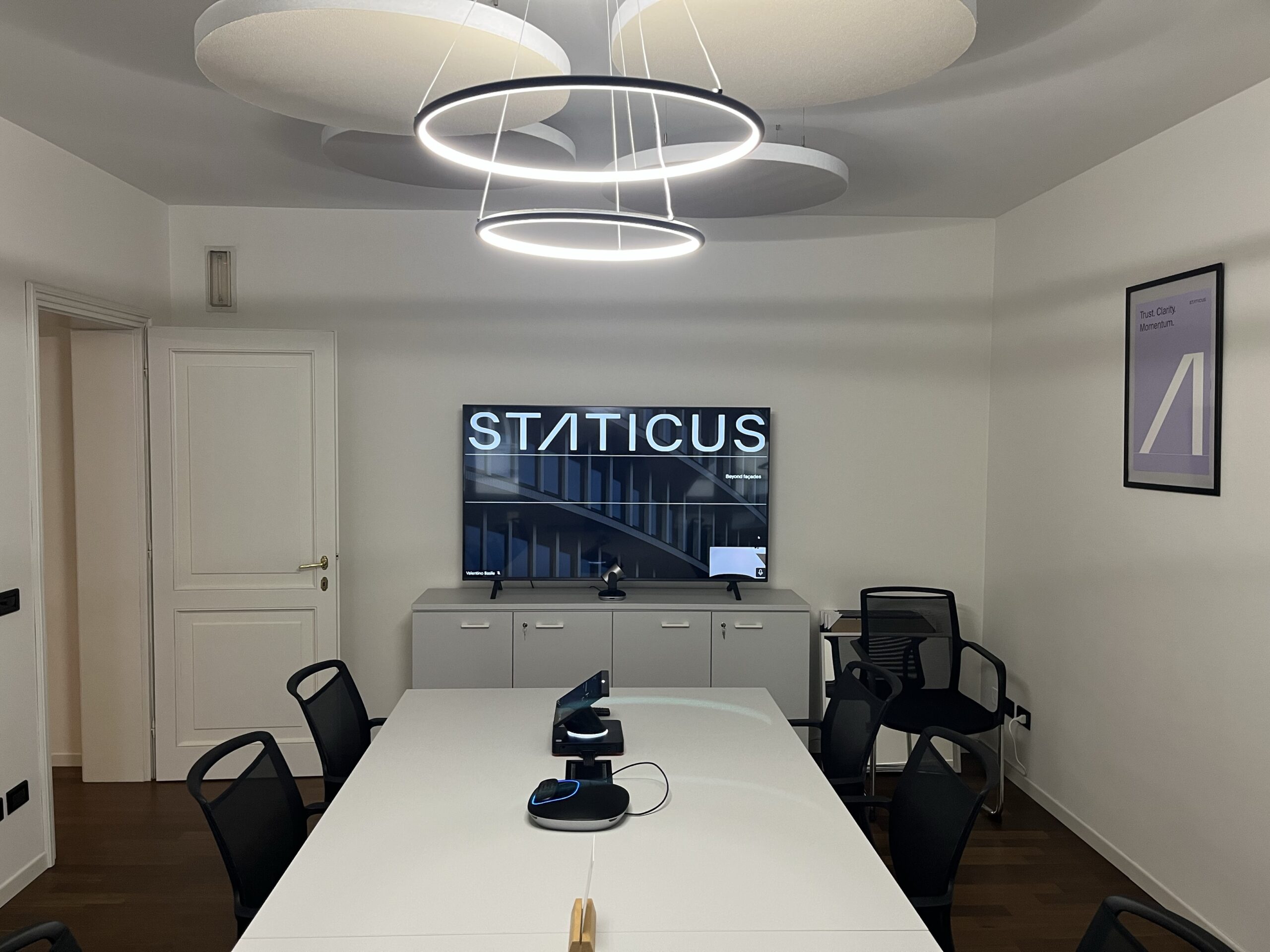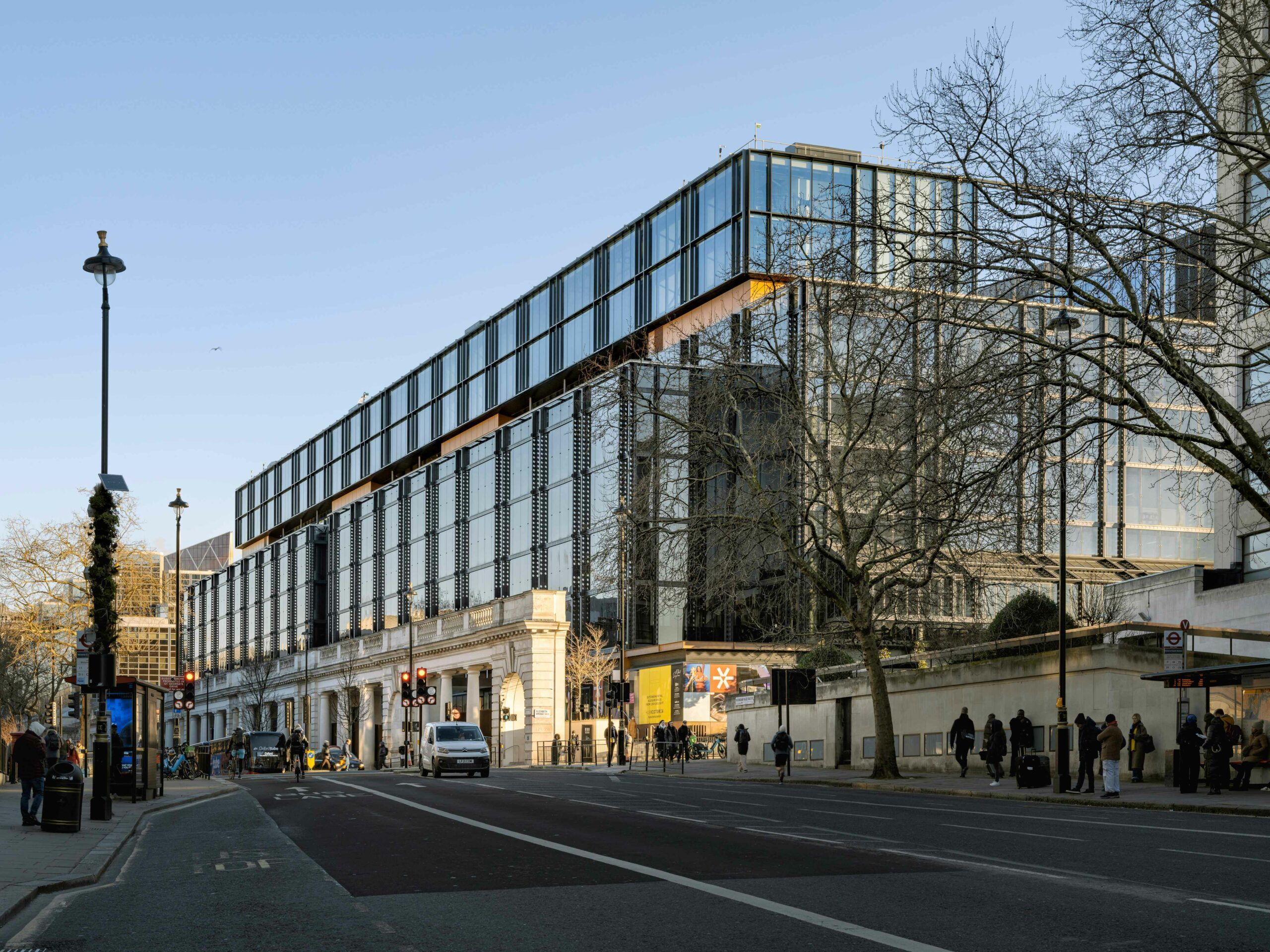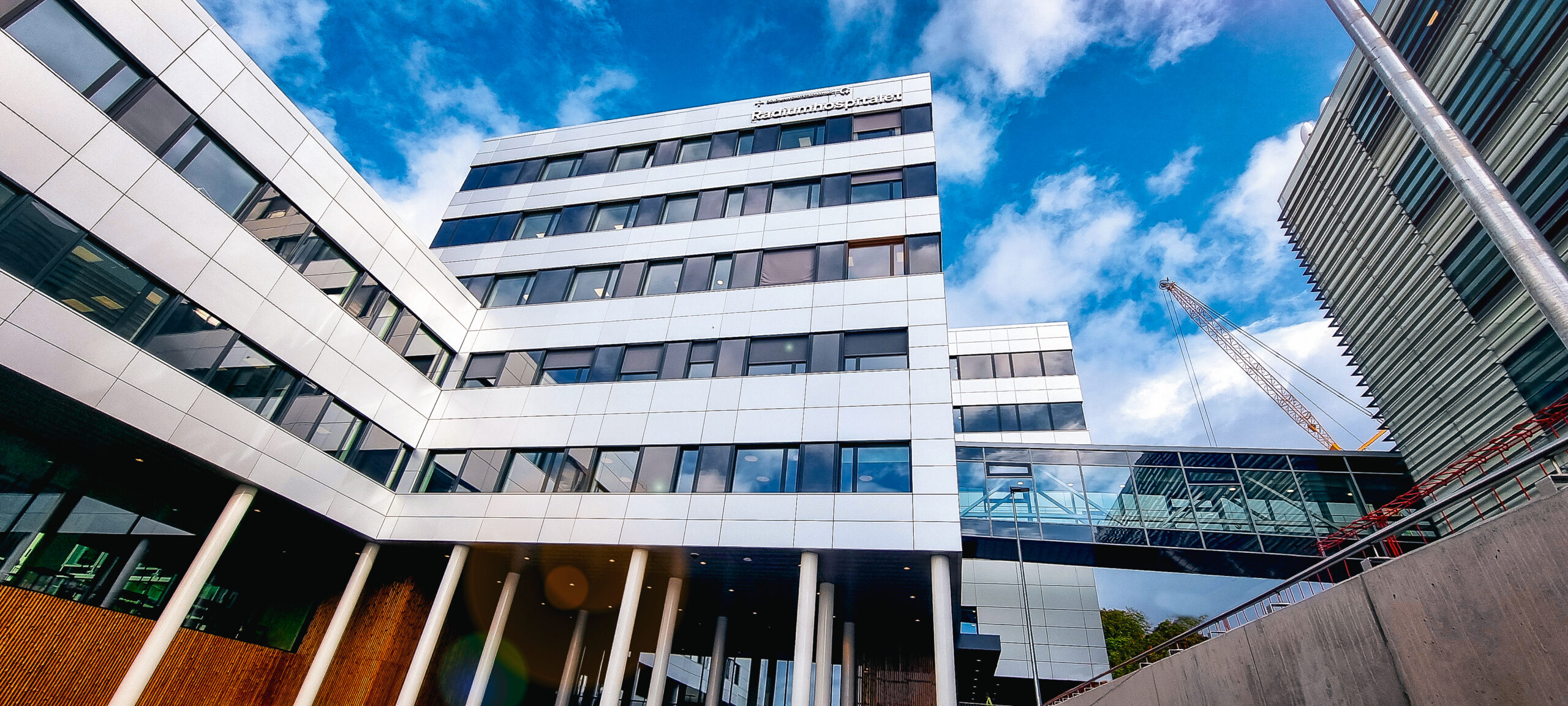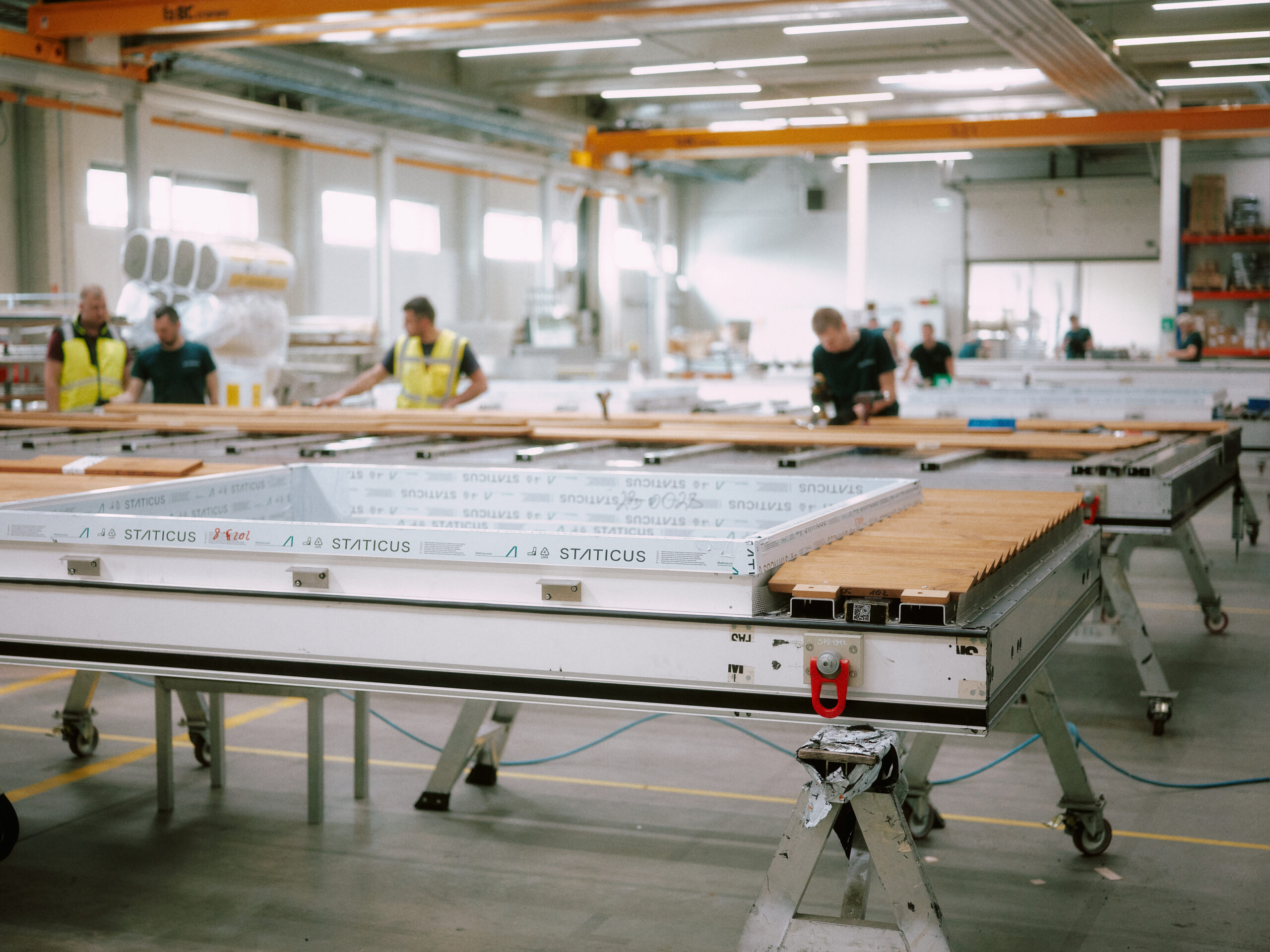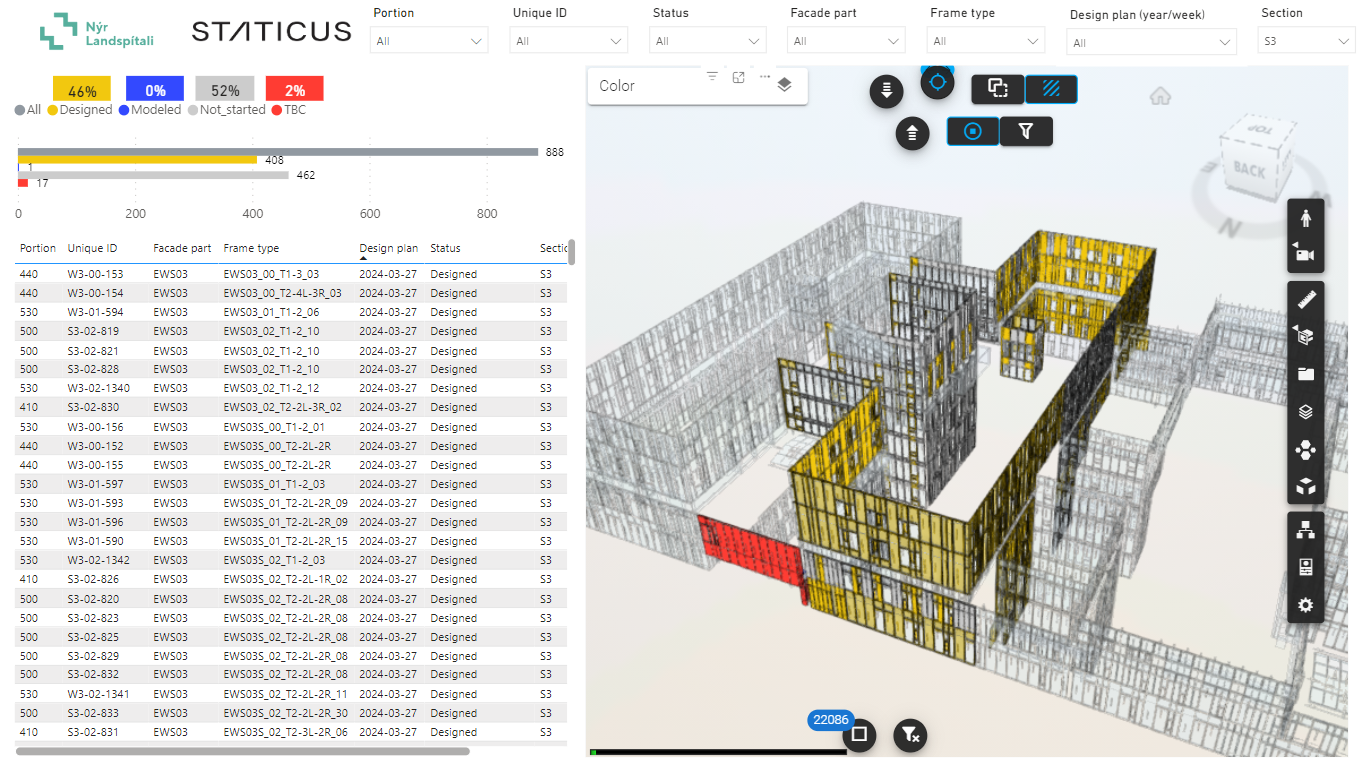If you are one of the people driving the adoption of Agile in your organisation, one of the biggest challenges you will face is convincing key stakeholders of its value. This applies to every sector, but is particularly true in construction, where Agile is still the exception rather than the norm.
The stakeholders you have to persuade may be at the executive level, for example when you want to get the green light for rolling out Agile in your organisation. Or they may be your colleagues. Either way, without buy-in from these people, the Agile transformation of your organisation won’t get very far.
Measurable benefits of Agile project management
So, what is it that’s going to persuade these people to get behind Agile? The answer is simple: benefits. These might be benefits to the organisation as a whole, to specific departments or teams, or to individual employees.
Some of the benefits of Agile are clear and measurable:
- Increased ability to stay within budgets,
- Improved customer satisfaction (because they are more involved in the process),
- And better time management.
At Staticus, we have witnessed all of these benefits on the projects we have run using Agile.
Less obvious but equally important benefits
When we started with our Agile transformation, we already expected to enjoy the benefits I’ve just mentioned. But what we didn’t expect were some of the additional benefits. That’s partly because they are harder to measure – they are more related to working culture and team morale.
Even though these benefits are less tangible, they are just as important to us, if not more.
So, what are they? Well, there have been many, but the three big ones I would emphasise are:
- Improved ability to deal with changes,
- More effective planning,
- Improved trust and communication between teams.
Let’s take a quick look at each one.
Less measurable benefit 1: Dealing with changes
We are a very customer-centric organization, and this means we need to deal with a lot of changes. The requirements for each project are different, and it is not possible to simply repeat what worked last time around. Plus, the needs of customers can change as a project evolves.
In the past, these changes caused a lot of stress within the team. Dealing with these constant changes required people to be very adaptable, and this was sometimes tough.
So, how has Agile helped? Well, it has improved communication between our team and the customer. The Agile approach encourages shorter feedback loops, so we are regularly updating them and checking how our direction fits with their expectation. It also enables us to be responsive and adaptable, making suggestions and offers earlier in the process.
In the end, customers today are looking for real partners, not just subcontractors. They want professionals who act like members of their own team. If our customer gives us requirements, it is our job to be proactive and to offer the best solutions available. And Agile is helping us to do this.
Less measurable benefit 2: Focused planning
Agile has helped us a lot in terms of planning. The key is that it encourages us to only focus on what is necessary now, rather than trying to do the jobs that will be needed in 3 months’ time. Wherever possible, we work in shorter stages, and this helps us to remain focused on what matters most.

This iterative way of working helps to ensure the best result. It pushes us to move away from a copy and paste approach to planning – we have to treat every project as a unique challenge. And, as I mentioned already, the shorter feedback loops enable us to be more responsive to the customer’s needs.
Less measurable benefit 3: Trust and communication between teams
Since we have started our Agile roll out, we have noticed that communication between different departments is much better.
As individuals, we have a better understanding of what other departments are doing, plus we get to know our colleagues from other teams much better. As a project manager, I work with different people from each department as I go from one project to another. So this means more personal connections are being made across the organisation, which helps with communication.
It also builds more trust. The Agile approach revolves around giving responsibility. So, on the one hand, team members are more motivated because they are free to get on with the tasks they are responsible for. And, on the other hand, they learn to trust each other too. Within a project team, you understand how much the people from other departments are contributing and the quality of their work, so you trust them more.
And these improvements in trust and communication are spreading across the whole organization. Now you don’t have separate islands (different departments) that are closed off from one another. Instead, there is a sense of improved connection and trust across the organisation.
Introducing Agile to your organisation
I am sharing these experiences because I understand how challenging it can be if you are the change agent in a construction company. When we started off, we didn’t realise how much Agile would improve planning, strengthen bonds between our departments, and make us more resilient when things change.
I hope that, having shared these benefits, you can make a compelling case for switching to Agile within your organization so we can see a wider adoption of Agile in the construction sector.
Agile is helping us at Staticus to continually improve our company culture and build a stronger sense of community. And while these benefits may be hard to measure, they are very valuable indeed.


